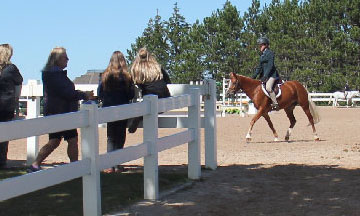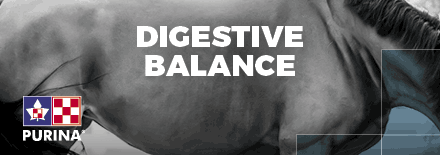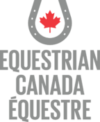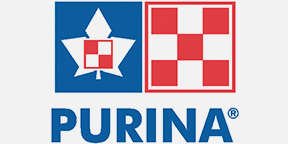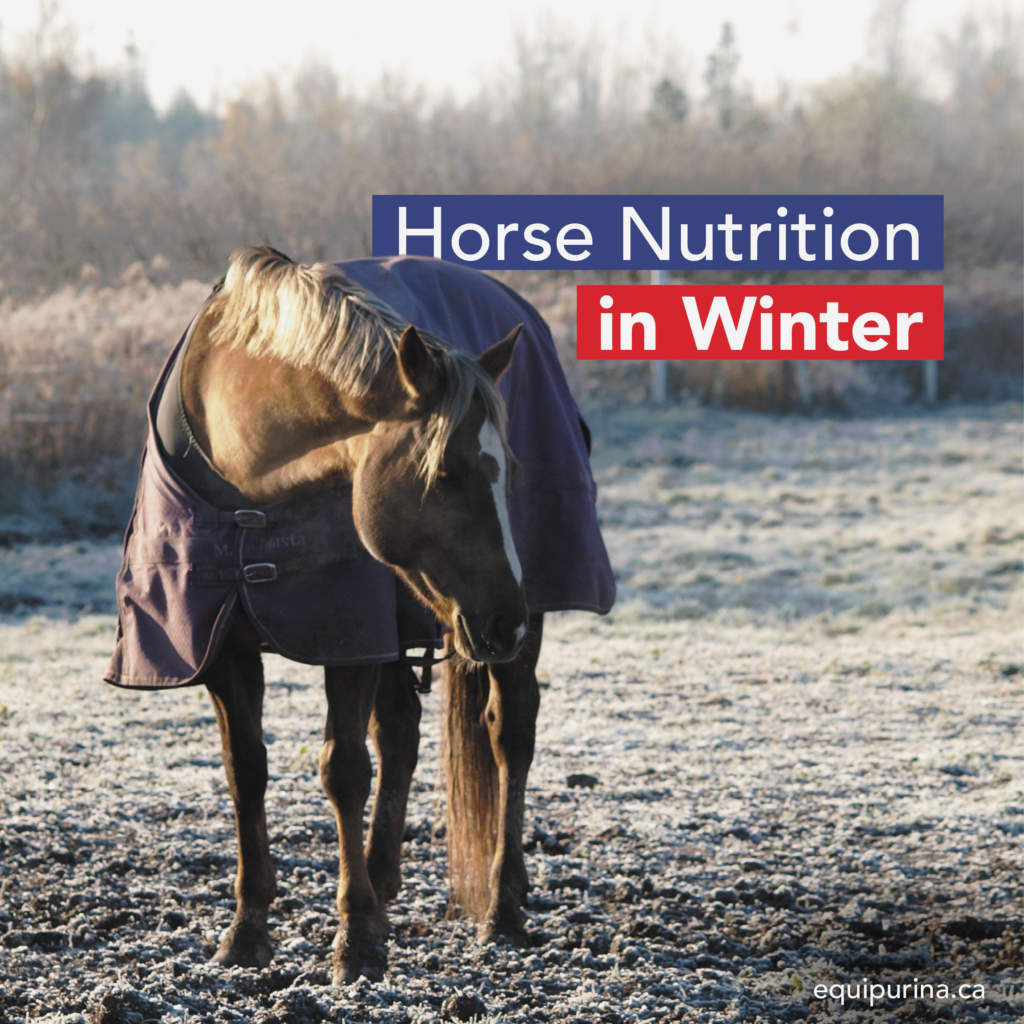
Winter is upon us once again, complete with bad weather and freezing temperatures. In general, horses are better able to tolerate extreme cold than the extreme heat. When the temperature drops, they may need our help, especially if they spend the season outside. From a nutritional standpoint, there are certain things you should do to help your horse through the winter months.
BODY HEAT
First, it is important to note that the energy requirements (calories) of a horse increase when the outside temperature drops. The colder its environment, the more calories it burns to maintain its body heat. Some research suggests that when the temperature reaches -10 degrees Celsius, horses start burning extra calories to maintain proper thermoregulation1.
GOOD QUALITY FIBER
Although grains and complete feeds are higher in calories than hay, we still recommend providing additional hay during the winter months because foods high in fiber are digested in a horse’s cæcum using microbial fermentation, a complex process that produces a large amount of heat and helps the horse fight the cold. Grains, on the other hand, unlike the fermentation of fiber, does not produce much heat. Increasing the amount of good quality hay to an adult horse’s regular diet is helpful.
CONCENTRATES OF FAT AND FIBER
In some cases, adding hay to a horse’s diet is not enough and we must also consider adding or increasing concentrates. Thin horses, sick horses, old horses, mares that are lactating or in late gestation, and growing foals are all special cases that will likely benefit from an increase in concentrates. In the winter, they require a complete feed high in fiber and with added fat, especially if their hay is lower in quality.
To ensure that your horse’s diet contains an adequate amount of vitamins and mineral and amino acids, utilize a Ration Balancer such as Optimal or Equilizer.
WATER: THE MOST IMPORTANT NUTRIENT
As winter approaches, horses may begin to drink less as the water gets cold and freezes. At this time, horses often transition from food with a high moisture content (pasturing) to a dryer diet (dry hay) which could be the root of impaction colic. Horses living outside must have access to quality water at all times and consume approximately 37 litres per day. If a horse consumes very cold water, it’s body temperature can drop and it will have to spend a lot of energy to warm up. Even stabled horses may drink less with cold water. To prevent water from freezing in the winter, utilize heated buckets or troughs. Adding hot water to moisten feed, especially if it contains fiber, is another great way to get your horse to drink more. Finally, monitor your horse’s water intake and check its hydration levels regularly. Including 50 grams daily(average 450kg horse), of loose white salt( NaCl) ensures appropriate water intake.
MONITORING BODY CONDITION
It is important to focus on the manual component of assessing body condition from October to April-May as horses’ winter coat could be misleading, giving every animal a rather portly appearance. Every 15 to 30 days during the winter, palpate your horse to determine the amount of subcutaneous fat deposits at the ribs, withers, topline, and tail head, behind the shoulders and along the neckline. For adult horses spending the winter outside, a score of 6 on a scale of 1 to 9 (1 for an emaciated horse, 9 for an obese horse) indicates that it has the fat reserves it needs to weather the winter more easily.
(1) Thermoregulation: The regulation of body temperature
